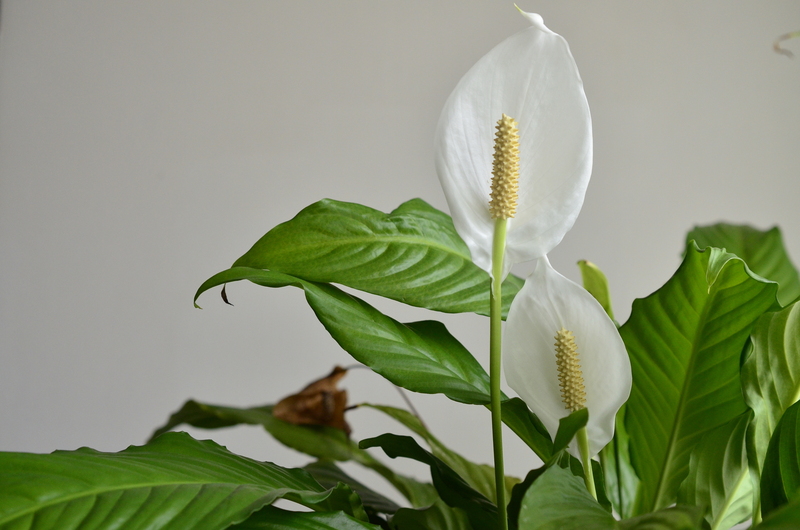Perfect Height for Lawn Mowing
Posted on 28/10/2024
Maintaining a well-manicured lawn is not just about aesthetics; it also promotes healthy grass. One of the most debated questions among homeowners and gardening enthusiasts is: what is the perfect height for lawn mowing? Addressing this question involves understanding several factors, such as the type of grass, climate, and intended use of the lawn. This article will present comprehensive guidelines to help you achieve the perfect lawn height, supported by expert tips, pros and cons, and actionable takeaways.
Understanding Grass Types
Different grass species have varying optimal mowing heights. Knowing your grass type is the first step toward achieving the perfect lawn.
- Cool-Season Grasses: Examples include Kentucky bluegrass, fescues, and perennial ryegrass. These grasses thrive in cooler temperatures and their optimal mowing height ranges from 2.5 to 4 inches.
- Warm-Season Grasses: Examples are Bermuda grass, St. Augustine, and zoysia grass. They flourish in warmer climates and are best kept between 1 and 3 inches.

Factors Influencing Lawn Height
Let's delve into the factors that significantly impact the perfect mowing height for your lawn.
Climate
Climate conditions like temperature and humidity play an essential role in determining the ideal mowing height. Higher grass blades in cooler climates help to insulate the soil and conserve moisture, while shorter heights are preferable in warmer climates to reduce thatch build-up and pests.
Season
Seasonal changes also affect mowing height. For instance, you should keep your grass slightly higher in the summer to promote moisture retention and lower it in the fall to prepare for the winter months.
Intended Use
If your lawn is primarily for aesthetic purposes, the ideal height may vary from a lawn used for sports or heavy foot traffic. Recreational lawns typically require shorter grass to withstand wear and tear.
Benefits and Drawbacks
Understanding the pros and cons associated with different lawn heights can help you make an informed decision.
Pros
- Improved Health: Proper mowing height promotes robust root systems, better drought resistance, and fewer diseases.
- Enhanced Aesthetics: Cutting grass at the correct height results in a lush, green lawn that is visually appealing.
- Water Conservation: Taller grass blades can help retain soil moisture, thereby reducing the need for frequent watering.
Cons
- Increased Maintenance: Keeping grass at the perfect height may require more frequent mowing.
- Pest Issues: Taller grass can sometimes harbor pests, requiring additional pest control measures.
- Thatch Accumulation: An improper mowing height can lead to thatch build-up, affecting grass health.
Expert Tips for Perfect Lawn Mowing Height
Here are some expert tips to ensure you achieve the ideal mowing height for your lawn:
- Always use sharp mower blades to ensure a clean cut.
- Avoid cutting more than one-third of the grass height in a single mowing session, as it can stress the grass.
- Adjust your mowing height depending on the season, climate, and grass type.
- Regularly check for pests and apply treatments if necessary.
- Fertilize your lawn appropriately to support healthy growth.

Takeaways
Achieving the perfect lawn height involves a delicate balance of various factors. From understanding your grass type to considering climate and seasonal changes, proper mowing practices can significantly enhance the health and appearance of your lawn. Keep in mind the benefits and potential drawbacks, and apply expert tips to maintain a pristine lawn.
Conclusion
In summary, there is no one-size-fits-all answer to the question of perfect lawn mowing height. The ideal height varies depending on the grass type, climate, season, and intended use of the lawn. However, by following the guidelines and tips provided in this article, you can achieve a healthy and visually appealing lawn.






 Certified and experienced landscapers
Certified and experienced landscapers



 Get a Quote
Get a Quote